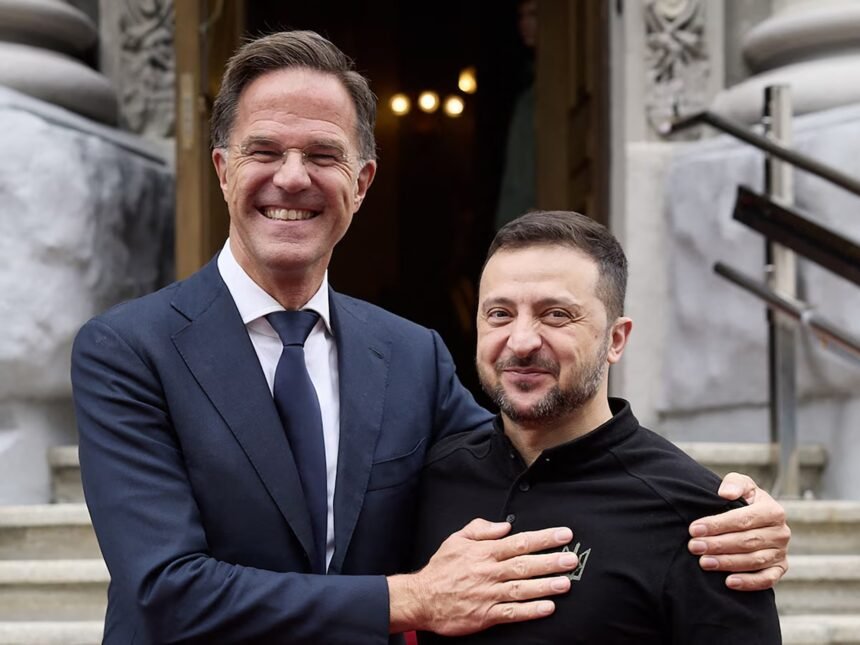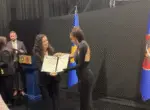NATO Secretary General Mark Rutte stated that the U.S. peace proposal has helped bring Kyiv and Washington closer to ending the war between Russia and Ukraine, Europe’s deadliest conflict since World War II.
Speaking in an interview with Radio Free Europe from NATO headquarters in Brussels on November 24, Rutte described the weekend talks on the U.S. proposal as “very successful.” These talks were held in Geneva between Ukrainian and American negotiators.
“Clearly, some elements need to be considered carefully,” Rutte said of the 28-point plan, adding that it served its purpose by bringing both parties into genuine dialogue.
The plan, released by several media outlets including Radio Free Europe last week, raised alarms in European capitals and Kyiv, with some calling it a “Kremlin wish list.” It included broad concessions from Kyiv, such as ceding Donetsk and Luhansk (Donbas) and Crimea, and restricting Ukraine’s military capacity. It would also allow Moscow back into the G7 and gradually ease Western sanctions.
European diplomats quickly worked on a counterproposal more favorable to Kyiv. Rutte noted that elements related to the EU or NATO would be discussed separately.
U.S. President Donald Trump initially gave Ukraine a deadline of November 27 to respond but later softened it. No public statements have clarified how the revised plan would address security guarantees for Ukraine or post-war reconstruction financing.
Rutte confirmed contacts with both Trump and Ukrainian President Volodymyr Zelensky over the weekend but remained cautious about discussing the proposal point by point. He emphasized that the ultimate goal is “a sovereign Ukraine moving forward, a strong nation, and a Russia that never again attempts to invade.”
“Something I know about Russians in general and Putin in particular: whenever an agreement is made, it must be in his interest to implement it,” Rutte said. “It is crucial that any peace agreement ensures Putin will not try again, knowing the consequences would be devastating if he attempts to invade Ukraine after a ceasefire or peace deal.”
Ukraine’s NATO Membership
Rutte also commented on two aspects of the plan related to NATO: future dialogue with Russia and potential Ukrainian membership. He stated that discussions will not occur under the NATO-Russia Council, last active before Russia’s invasion in February 2022, nor under the 1997 NATO-Russia Founding Act.
“These frameworks are dead since Putin invaded Ukraine,” Rutte said, describing the invasion as “against the fundamental principles of Western values and what the NATO-Russia frameworks intended.”
He did not rule out future NATO membership for Ukraine but noted it is not currently on the discussion table.
“Any country within NATO’s Euro-Atlantic area can apply for membership, but accession requires unanimity. That consensus is far from being reached,” he said. “Currently, some allies are clearly opposed to Ukraine joining NATO, although previous declarations from the Washington Summit noted a path toward NATO. That remains a reality.”







